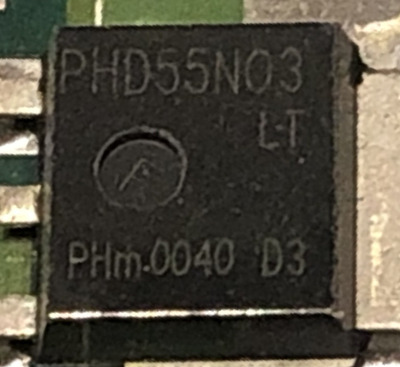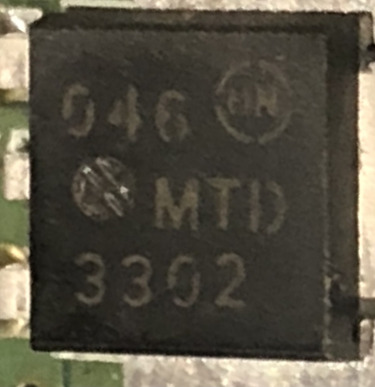First post, by aspiringnobody
Hello all,
The documentation for this board says:
CAUTION The board supports processors that draw a maximum of 15.2 amps. Using a processor that draws more than 15.2 amps can dam […]
CAUTION
The board supports processors that draw a maximum of 15.2 amps. Using a processor that draws
more than 15.2 amps can damage the processor, the board, and the power supply. See the
processor’s data sheet for current usage requirements.
I've got, on hand: a PIII 1.0GHz (7.5x133), a Celeron 1.1GHz (11x100) and a Celeron 1.0GHz (10x100)
This board only does 100MHz FSB so the PIII runs at 750MHz (and thus I'm sure is well under the limit). The Celerons, however, seem to greatly exceed the current capacity of the motherboard: 18.8A for the 1.1GHz and 16.6A for the 1.0GHz. What do you think the actual risk is to exceed the board's current limit? It seems to run fine with the 1.1GHz chip in -- but obviously I've not left it running long term.
- Evan



